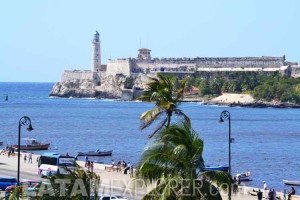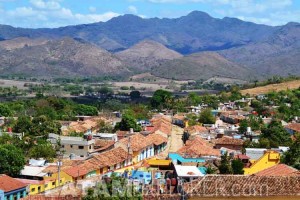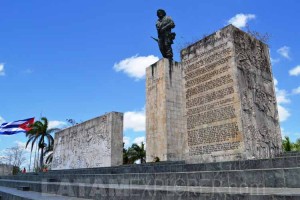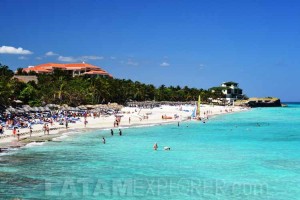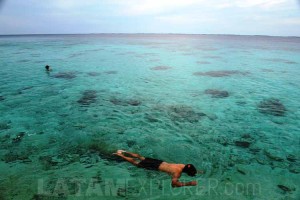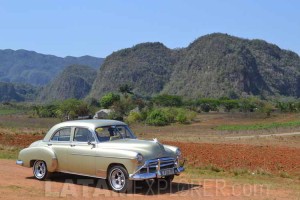Home > Destinations > Caribbean Islands > Cuba
Cuba
Cuba is the largest and the most populous country in the Caribbean, with approximately 11 million inhabitants. It was one of the first places visited by Cristopher Columbus in the Americas, in 1492, and it remained under Spanish control until 1898 when it became, for a short period of time, part of the United States. Independence was finally gained in 1902 and, since 1959, the country is under a communist regime led by the Castro family: initially by Fidel and, more recently, by his young brother Raul.
More than 50 years under this communist regime, almost from the beginning facing an embargo from the US government, had a clear role in defining the condition in which the country is found nowadays. Cuba presents very good health and education indicators, while displaying criminality levels well below the Latin American average. On the other hand, the country’s infrastructure is generally outdated and, although people don’t necessarily suffer from hunger, they have very limited access to anything that doesn’t fit the government definition of a basic need – needless to mention any small luxury.
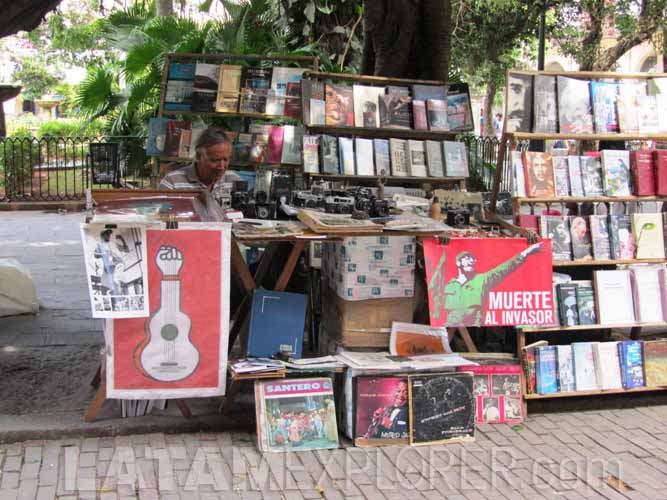
In most cases, Cubans are a happy people living life on a relaxed pace. Although tourism has grown substantially over the last two decades, the country doesn’t really have a developed service culture, so it is better just not to expect much from it, particularly at hotels, tour operators and other government managed institutions. Besides that, many locals seem to believe foreigners own them something. It is often easy to just ignore them or contribute voluntarily, but the incidence of dishonest acts practiced against foreign tourists is quite high. It pays off to be aware.
That said, Cuba is an excellent destination to be considered on most people’s agenda. The country, which seems to have parked back in time, has wonderful colonial treasures, excellent beaches and diving spots and, of course, a capital that invites to immerge into the national culture through its museums and its music. Havana is the country’s gateway for most people and its forts, plazas and monuments use to enchant visitors. Just like almost everywhere else in the country, the cheapest way to visit the city is staying at a casa particular (literally, a house authorized by the government to receive tourists), although there are also several hotels in town; note, however, that with very few exceptions, the lodging quality in Havana is below expectations for the attributed star rating.
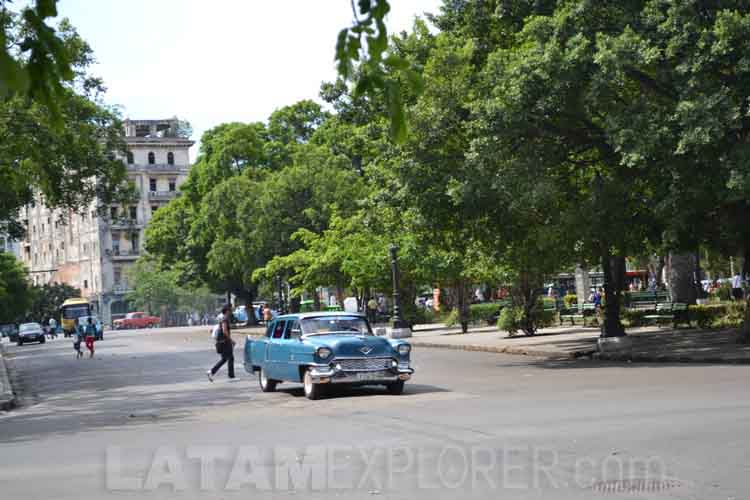
Leaving the capital, it is possible to head west, towards the province of Pinar del Rio, in order to admire the beautiful landscapes of the Viñales Valley and visit a cigar factory. The most usual thing to do, however, is to take the opposite direction. The main reason why many people come to Cuba is found around 150km (90mi) from the capital, driving along the north coast. Varadero is some kind of antithesis of everything that Cuba represents. Nevertheless, it is just undeniable that its beaches are wonderful and, regardless of the lack of originality of this place, it deserves a visit. Four and five-star hotels abound in Varadero, most of them operating under an all-inclusive policy, although it is also possible to find more economic alternatives. Beaches as beautiful, or even prettier than those in Varadero, but not yet fully discovered by mass tourism, are found in the keys of the country’s central region (always in the north coast).

Further beyond Varadero lies a Cuba with a stronger character. Heading southwards until you meet the National Highway (N-1), the country’s main corridor, and then heading east you will first get to Santa Clara, where many monuments and museums commemorating Che Guevara are found. From there, the colonial city of Trinidad lies to the south, while Cienfuegos, the only Cuban city founded by French settlers, lies to the southwest. Heading further east through the National Highway, instead, you can still drive for several hours before hitting Santiago de Cuba, on the other side of the island.
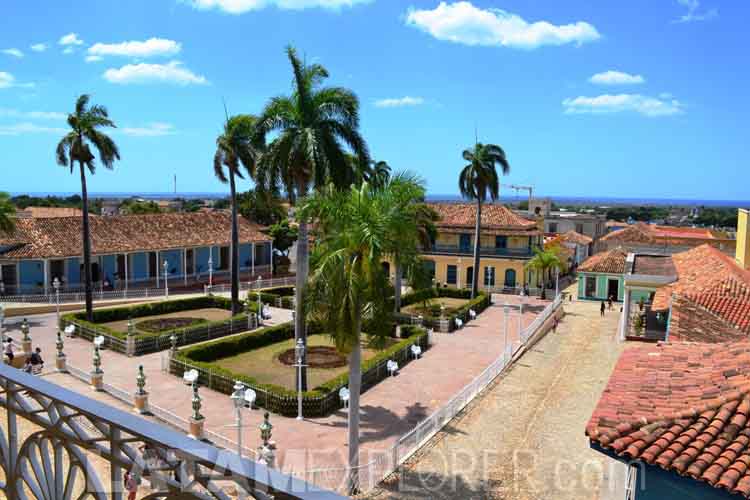
Cuban roads are mostly decently maintained are don’t usually experience heavy traffic. The greatest risk, most of the times, is the presence of animals on the road: it is fairly common to see cows and horses even on the country’s main highway. Secondary roads are frequently used by animal traction vehicles, particularly around towns, causing average speeds to reduce considerably. The most unique obstacle, however, are the crab waves that invade some of the country’s coastal roads, particularly between Cienfuegos and Trinidad - the roads can become invisible at times under the curtain of crustaceans.
DESTINATIONS IN CUBA:
